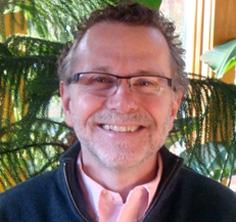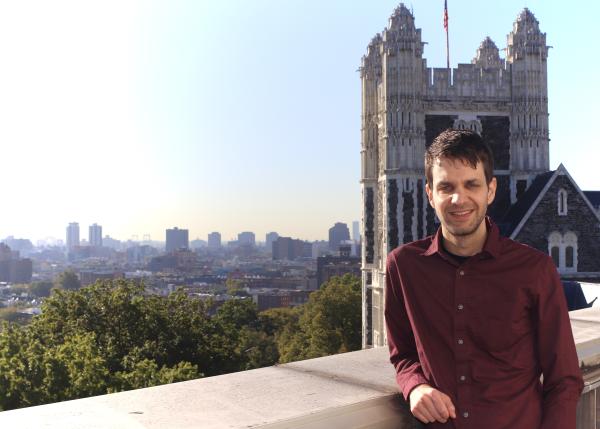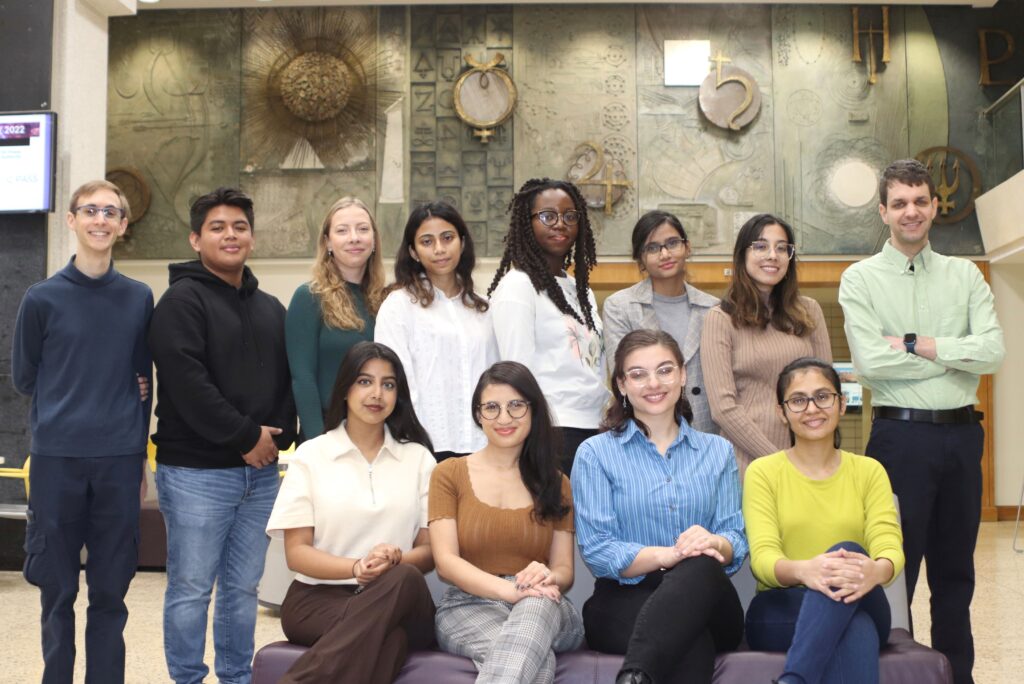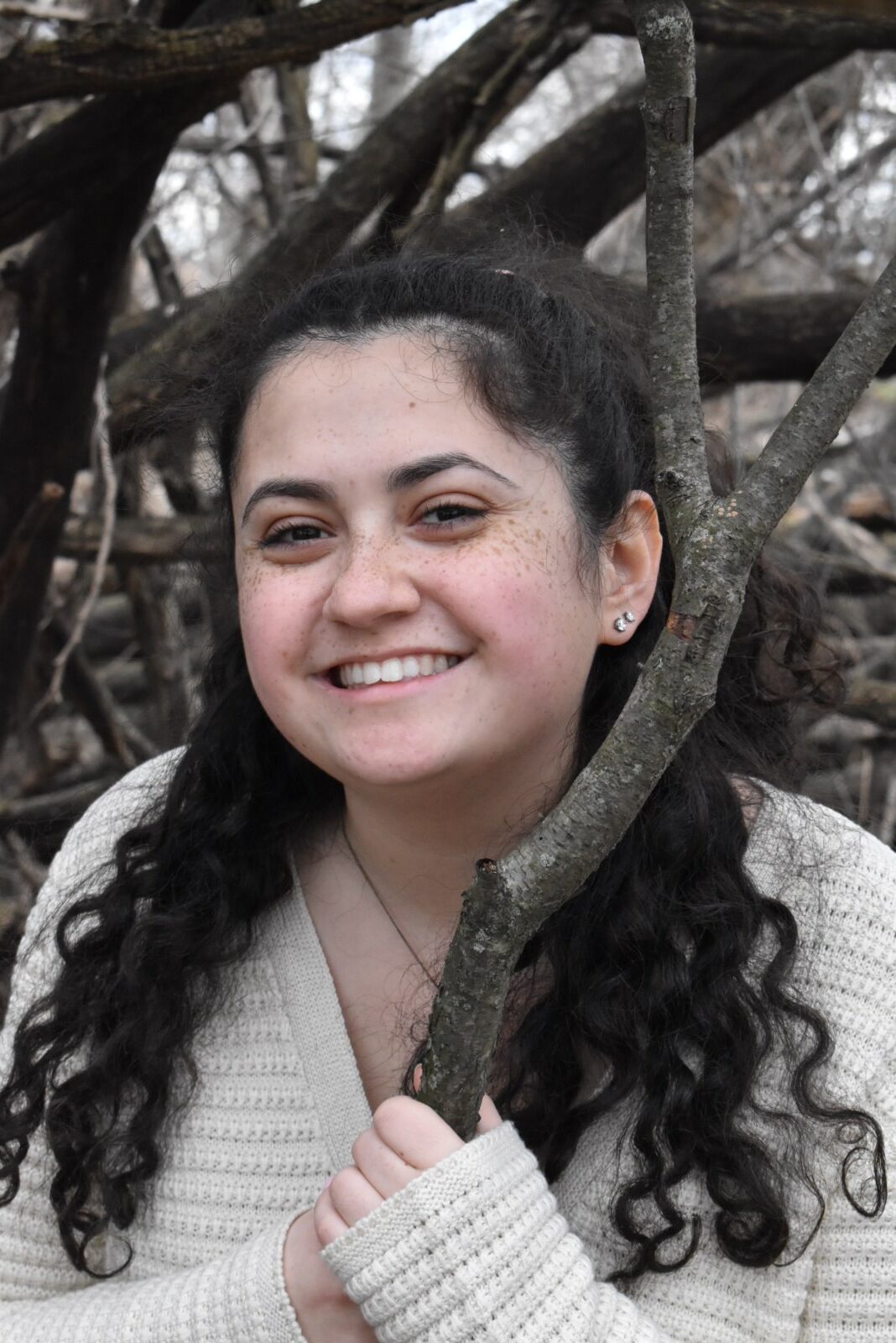While many New Yorkers may think of City College as a STEM-based school, there’s a lot more to CCNY, both within and outside of the sciences. In fact, there’s another science acronym that the school has as one of its strengths — QC-ALERT, or Quantum Research, Cybersecurity, Artificial Intelligence, Life Sciences, Energy & Environment, Robotics, and Transportation.
Life sciences is an umbrella term that encompasses several areas, such as biological and biomedical sciences, cancer research, environmental science and pathology. The field is a strong suit of the school, as evidenced by the faculty members working in life sciences, including Drs. John “Jack” Martin and Ryan Williams.

Dr. John “Jack” Martin
“The life sciences involve the study of living organisms and the processes that keep them alive,” Martin said in a written statement. “For me, the definition extends to human life and making our research more applicable to the study of human disease processes. Studying science from this perspective is a win-win. It is aimed at improving the quality of life of people living with disease or the effects of physical and psychological trauma and it is also intellectually stimulating and challenging.”
Martin is a neuroscientist, working out of the CUNY School of Medicine in the Department of Molecular, Cellular and Biomedical Sciences. He studies how the brain and spinal cord allow for different kinds of movement, and how to help people suffering from injury- and stroke-caused paralysis.
“In an instant, someone can lose much of their mobility and become dependent on care givers for their daily activities,” he said. “This is life changing and it is important for movement neuroscientists to try to make the lives of people living with paralysis, better through therapy and, ultimately, a cure.”

Dr. Ryan Williams
Williams works out of the Biomedical Engineering Department, looking at nanomedicine, cancer, and biosensors. His work centers around developing nanomedicines for people with inflammatory illnesses, like chronic kidney disease, that target the specific point of disease rather than the whole body. It’s about “developing better medicines for patients,” he explained.
Prior to joining CCNY, Williams did his postdoc at Memorial Sloan Kettering Cancer Center, working on treatments for cancer. Martin was a researcher at Columbia University’s medical school, the College of Physicians and Surgeons, before coming to CCNY.
Both professors got into the field of life sciences because of an interest in understanding human life, albeit in different ways, and helping people who are struggling with illnesses and diseases.
Growing up, Williams thought he would be a doctor who sees patients. As a biology undergraduate student, he volunteered at a research hospital and worked in a lab studying lizards.
“I got a lot of really good experience from both, and it was fun,” he said in an interview with The RICC.

The Ryan Williams lab
However, he knew that he wanted to focus on biomedical research and development of technologies. Williams earned a Ph.D. in pharmacology and has been working on developing new diagnostic treatments for cancer and other illnesses.
Martin said that he was always interested in biology and ecology but became specifically interested in brain development and learning. This interest grew once his triplet daughters were born, one of whom had to stay in the neonatal intensive care unit after birth.
“It was there that I saw babies that were at a high risk for developmental disorders,” he said. “I felt the need to combine my basic interests in neuroscience with a perspective on human disease processes.”
Both professors expressed that CCNY heavily supports its life sciences research and researchers. As Williams said, it’s a “really great place to be, a really supportive environment.”
“I see the strengths of life sciences at CCNY along two major axes: the CUNY School of Medicine and Biomedical Engineering,” Martin said. “On the one hand, conducting research in a medical environment, even if the research is not directly studying human disease, offers the opportunity for research to be shaped by human disorders. On the other hand, emerging therapeutic strategies depend on innovation and moving life science innovation through the pipeline of product development to become a treatment.”
Williams agreed with this sentiment.
“We obviously have a really strong life sciences program and biology department,” he said. “Our biomedical engineering department specifically has a really, really strong research program, grant funding and a really great history of publications. I think it’s an excellent, excellent environment and not just a strong life sciences program, but growing and getting more competitive by the year.”

Amanda is a student at the CUNY Graduate School of Journalism, where she’s studying health & science reporting and broadcast journalism. She graduated from Baruch College in May 2022, where she double majored in journalism & creative writing and political science and double minored in environmental sustainability and communication studies. She has been published in City & State, BORO Magazine, Bklyner, The Canarsie Courier, the New York City News Service, PoliticsNY, Gotham Gazette, Bushwick Daily, DCReport, News-O-Matic, The Queens Daily Eagle, Tower Times, The Ticker, and Dollars & Sense Magazine.